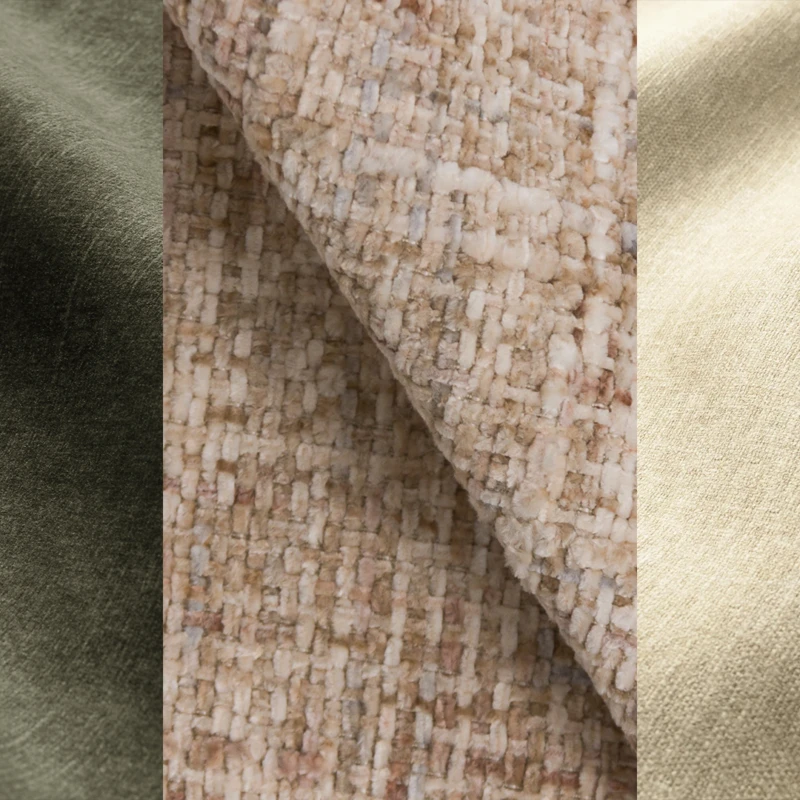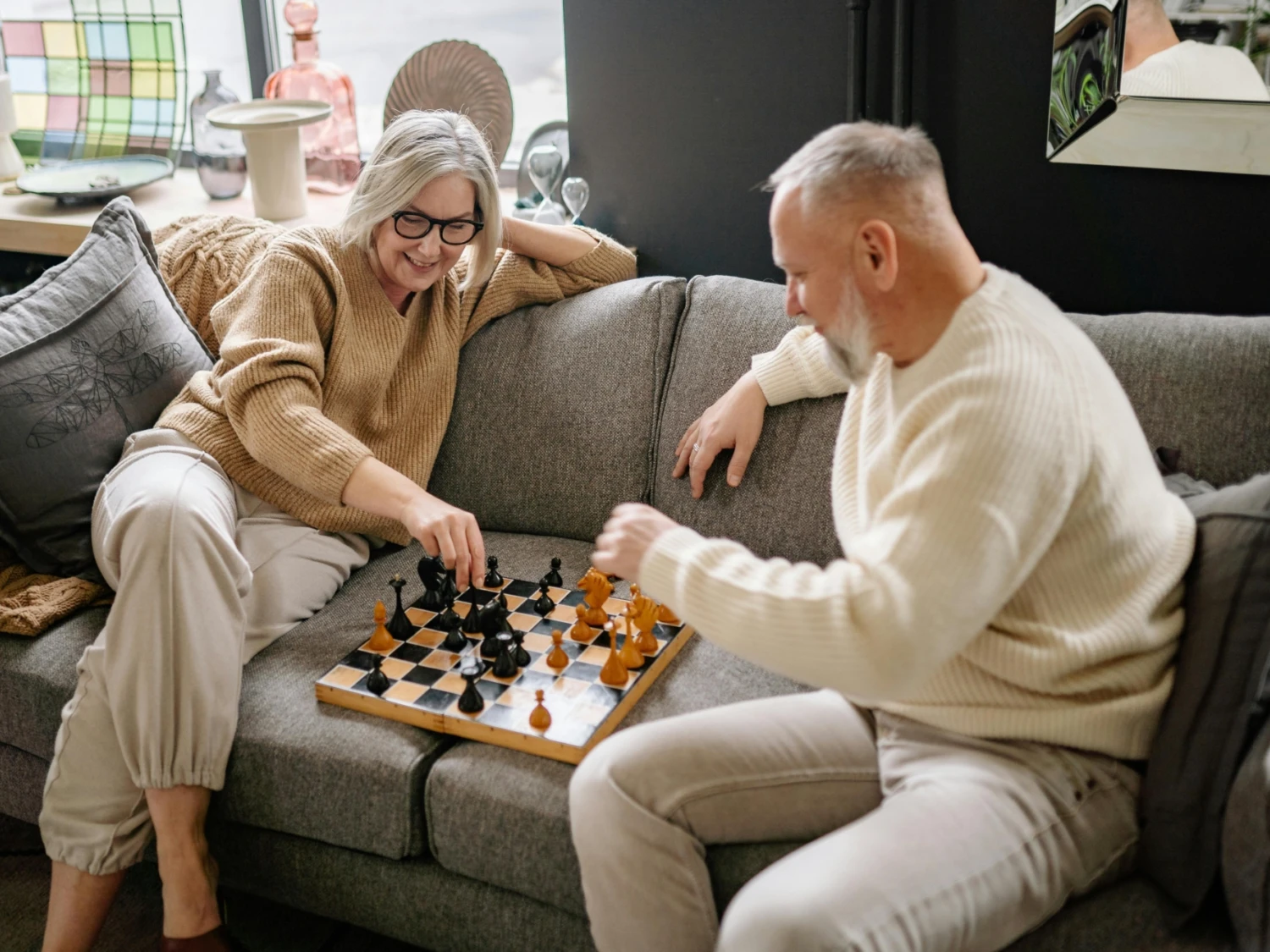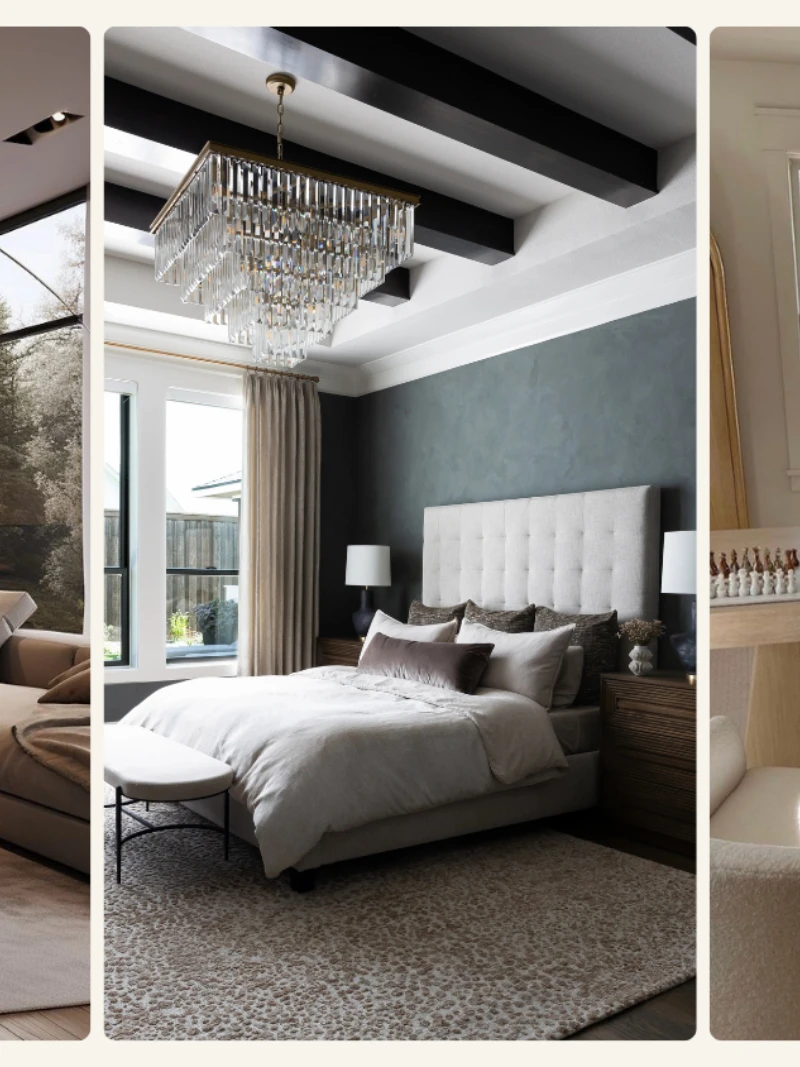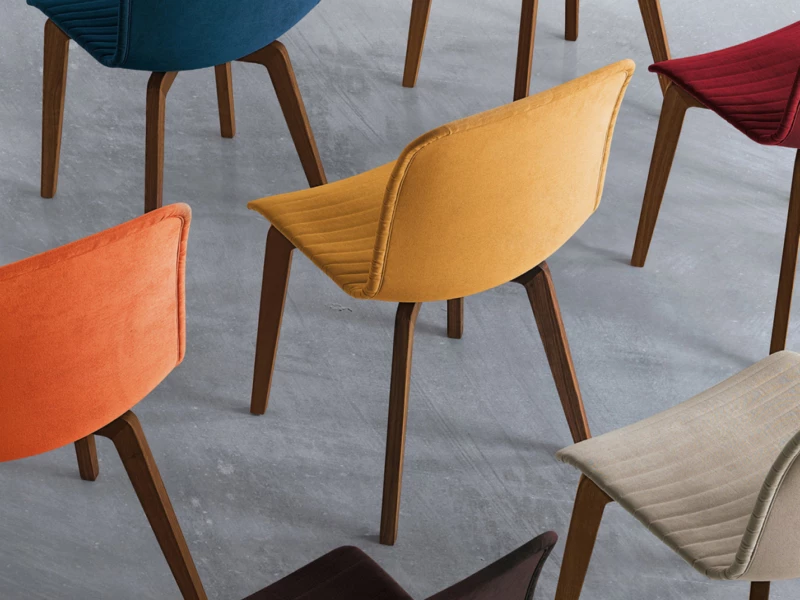
A celestial match, made in lighting
A celestial match, made in lighting
No big lights here, just soft glows and major vibes. We matched each sign with a lamp that totally gets your aura.

Choosing custom upholstery opens up a world of possibility, one where you’re not limited to off-the-shelf options but instead get to create something that feels personal, considered and completely your own. From tailoring the fabric to suit your lifestyle to understanding the finer details of composition, durability and care, this guide is designed to help you navigate the process with confidence.
Whether you're creating a forever piece for your family living room, furnishing a guest retreat, or styling your holiday home, the right fabric is where it all begins.
The fabric you choose will do more than just look good. It influences how your furniture feels, how it performs, and how it lives in your home over time. Each material brings its personality to a piece; some offer practicality and strength, while others add softness, drape, and a more luxurious finish.
Synthetic blends like polyester are popular for their durability, easy maintenance and colourfastness. They’re ideal for busy households, homes with pets or children, and everyday furniture that sees regular use.
Natural fibres such as linen and cotton offer beautiful texture and a tactile, organic feel. Linen, in particular, has a relaxed elegance and breathability that ages gracefully, while cotton blends balance softness with strength.
Velvets, chenilles, and bouclés bring richness, depth and movement. These fabrics are great for adding warmth or a decorative edge to more formal spaces, but may require gentler care.
Pile and composition also matter. Pile refers to the texture on the surface – how flat, raised or plush the fabric feels. Composition affects how it wears over time, how it reacts to light or moisture, and how easy it is to clean.

Every room in your home has its own feel. Some are lived in daily, others are used occasionally. The fabric you choose should suit the pace and purpose of the space it’s in.
Ask yourself: Who’s going to be using this piece? How often? What kind of use will it get? A fabric that feels perfect for a formal lounge may not be the best fit for a lively family living room.
Fabric grades are used to group textiles by a combination of their quality, construction complexity, origin and price. A higher grade may mean the fabric was made with finer yarns, more labour-intensive weaving, or specialty treatments. But it’s not a matter of good, better, best; it’s about what works for your space and budget.
For example, a grade 3 polyester blend may outperform a grade 7 wool blend in a high-use household, even though the latter is more expensive. Our team can guide you through the range, helping you weigh up aesthetics, performance, and value.
It can feel overwhelming to narrow down your options, but a few simple questions can help make the decision easier:
How will it be used?
Is the piece for everyday lounging, occasional seating, or a guest room? Will kids or pets be on it regularly? For daily use, look for fabrics with a high Martindale or Wyzenbeek rub count (these are wear-resistance tests).
What colour works best?
Lighter fabrics feel open and airy but may show marks or fading more easily. Mid-tones and darker shades are more forgiving. If you love pale colours, textured weaves can help disguise wear.
Is it future-proof?
If you like to change up your interiors often, look for timeless tones and textures that won’t lock you into a specific style. Neutrals with character like warm greys, earthy beiges or soft charcoal can adapt to changing seasons and tastes.
Do you want a statement or a staple?
A bold velvet in emerald green? Or a soft oat boucle that complements everything? There’s no wrong answer, just what feels right for your space.

Many of our sofas, armchairs and dining chairs can be customised in your preferred fabric—and in some cases, you can also modify the layout or dimensions.
Here’s a general guide to lead times:
Our team can help you compare materials, review technical specs, and ensure every detail is just right before placing your order.
To get the most out of your showroom visit, it’s helpful to come prepared.
Consider bringing:
We’ll walk you through the best fit for your space and explain how each fabric performs in real-life settings.
Every fabric has its care requirements, and knowing what to expect from the outset helps ensure your piece stays looking its best.
At Bradfords, we also offer professional fabric protection services, which help guard against spills, marks and everyday grime, particularly helpful in busy family homes, those with pets or holiday rentals. And of course, our team will provide full care instructions based on your final selection
At Bradfords, we believe your furniture should reflect the way you live—and that includes the fabric it’s dressed in. Whether you’re dreaming of a laid-back linen blend or a rich, luxurious velvet, our team is here to help you make a choice that looks great, feels right, and stands the test of time.
Your perfect piece starts here. Let’s find the fabric that makes it yours.

No big lights here, just soft glows and major vibes. We matched each sign with a lamp that totally gets your aura.

Lighting is one of the most powerful tools in design. More than simply brightening a room, it frames architecture, influences atmosphere and transforms the way we experience colour and texture.
